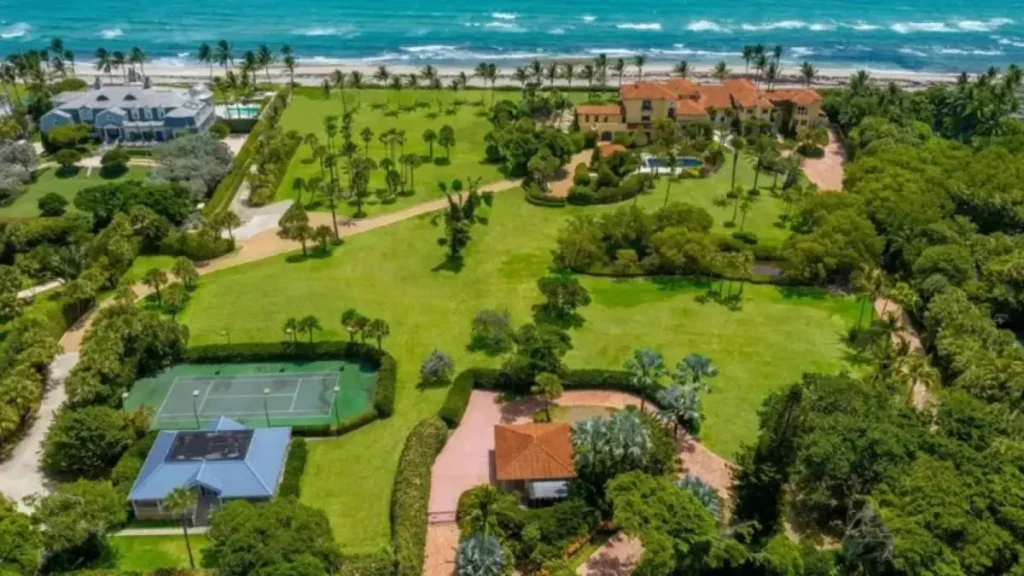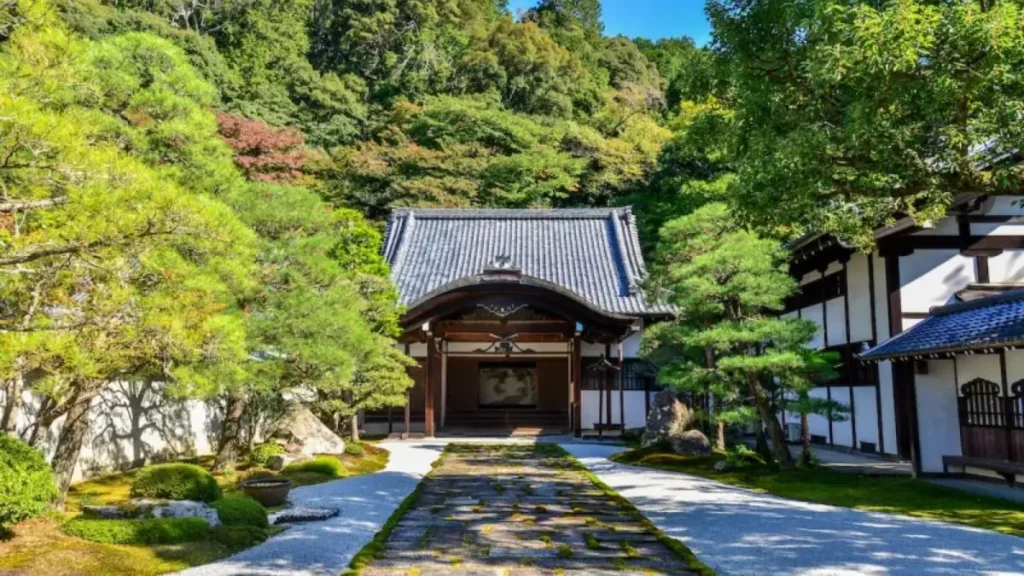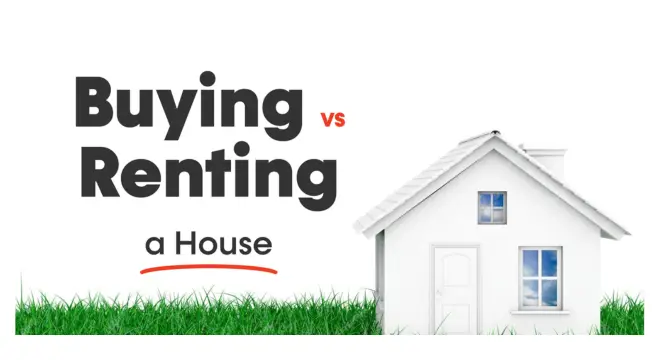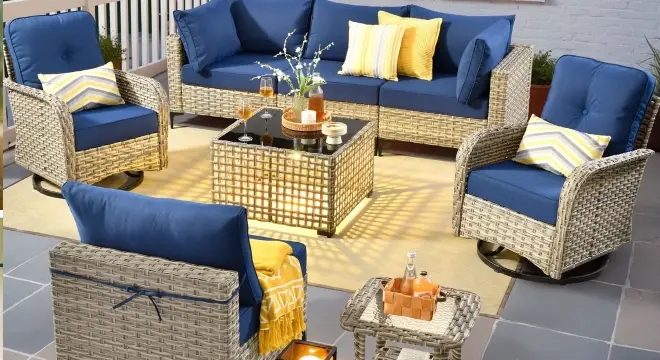Inside the Lavish Homes in Larry Ellison $2 Billion Portfolio
When someone like Larry Ellison spends billions on real estate, it’s not just about luxury—it’s about vision, power, and permanence.
I’ve been following billionaire property moves for years, but Ellison’s portfolio stands out. We’re not talking about just a couple of mansions with ocean views. This man owns an entire Hawaiian island, historical mansions turned into private art museums, and a stretch of beachfront in Malibu that now hosts a Nobu-branded hotel. It’s strategic. It’s deeply personal. And honestly, it’s fascinating.
What makes Ellison’s holdings so unique isn’t just their price tags (though some crossed $100 million easily). It’s the way they tell a story—of his love for Japanese design, his long game in hospitality, and how he’s slowly shaping communities like Lānaʻi with clean energy and local investment.
Most articles list his homes like a real estate catalog. That’s not what this is. I’m going to break down what these places really represent—why they matter to him, and what they signal about wealth, legacy, and control.
And if you’ve ever wondered what billionaires really do with their money, this might give you a clearer, more human answer than most headlines do.
Let’s Look at the Big Picture First
Before we dive into the jaw-dropping details, let me give you a quick lay of the land. Larry Ellison doesn’t just collect homes—he builds a narrative through them. According to Robb Report, his real estate empire crosses coasts, styles, and even continents.
You’re looking at over two dozen properties, ranging from high-end beach houses in Malibu to historic mansions in Rhode Island, from a Japanese-style compound in California to a 98% stake in an entire Hawaiian island. He owns hotels, tennis centers, golf courses, and probably more than what’s public.
The way I see it, there are three core layers to his portfolio:
- Personal residences (like Woodside or Palm Beach)
- Legacy projects (like Beechwood Mansion, now an art museum)
- Strategic hospitality investments (like Four Seasons Resorts and Eau Palm Beach)
And once you break them down, each property reveals something deeper about how Ellison sees power, privacy, and permanence.
It’s not just tech billionaires doing bold real estate moves—Ana de Armas recently sold her New York SoHo loft for $3.5 million, showing that even Hollywood stars are reshaping their investment strategies.
His Crown Jewel — The Island of Lānaʻi

made it happen. In 2012, he bought 98% of the Hawaiian island of Lānaʻi for a reported $300 million. Not just beachfront property—the island.
This wasn’t a flashy billionaire move. It was a long-term play.
Since buying Lānaʻi, he’s poured hundreds of millions more into upgrading infrastructure, building sustainable farms, and revamping the Four Seasons Resorts on the island. He’s investing in solar energy, desalination, and local business. This isn’t a vacation spot for him—it’s a living experiment in how a billionaire can shape an ecosystem.
You and I might see it as a dream destination. For Ellison, it’s his most personal canvas.
But here’s the part no one talks about enough: how his ownership affects the locals. That side of the story rarely gets coverage—and it should. The island’s economy now hinges on his vision, for better or worse.
His California Kingdom — From Zen to Ultra-Luxury
Now, let’s talk California. If there’s one place where Ellison blends luxury with personal identity, it’s here.
Woodside: A Private Sanctuary
Ellison’s Japanese-style estate in Woodside is straight out of a historic novel. He started building it in the late ’90s, and it took nearly a decade to finish. It’s got man-made lakes, a koi pond, and architecture modeled after a Kyoto temple.
Malibu: The Beachfront Monopoly
If you’ve been to Carbon Beach (aka Billionaire’s Beach), you’ve probably walked past one of Ellison’s many Malibu homes without even realizing it. Over the years, he’s bought multiple side-by-side beachfront homes, quietly stitching together one of the most valuable stretches on the California coast.
He even turned one of them into the Nobu Ryokan Hotel—a sleek, ultra-private resort that feels more like a wellness retreat than a traditional luxury hotel.
The Malibu play isn’t just about living—it’s about controlling the narrative on one of the most elite coasts in the country.
Interestingly, athletes like Yoenis Céspedes are also making headlines with sprawling Florida properties—though on a very different scale from Ellison’s ultra-luxury deals.
East Coast Moves — Old Money Meets New Power
Ellison doesn’t just dominate the West. He’s planted flags on the East Coast too, and the vibe here is very different.
Beechwood Mansion, Rhode Island
This one might surprise you. In 2010, he bought the historic Beechwood Mansion in Newport for around $10.5 million. But he didn’t stop there.
He turned it into a private art museum. No press tours, no big exhibits—just a personal space to showcase his growing art collection. In doing so, he joined a long legacy of tycoons transforming Gilded Age estates into cultural landmarks.
Palm Beach, Florida
In recent years, Ellison’s been snapping up waterfront properties in Palm Beach County. First, an $80M estate in North Palm Beach. Then, a jaw-dropping $173M mansion in Manalapan, reportedly Florida’s most expensive home purchase.
What I find fascinating is how quiet these moves are. No PR blasts. Just slow, calculated acquisitions—like a chess player thinking five moves ahead.Ellison doesn’t just dominate the West. He’s planted flags on the East Coast too, and the vibe here is very different.
Beechwood Mansion, Rhode Island
This one might surprise you. In 2010, he bought the historic Beechwood Mansion in Newport for around $10.5 million. But he didn’t stop there.
He turned it into a private art museum. No press tours, no big exhibits—just a personal space to showcase his growing art collection. In doing so, he joined a long legacy of tycoons transforming Gilded Age estates into cultural landmarks.
As a reader, this tells you something important: Ellison isn’t just about tech money. He’s aligning himself with the old-money aristocracy, but on his own terms.
And it’s not just Ellison making quick, calculated moves—Taylor Swift’s Cape Cod estate was off the market in just weeks, showing how top-tier properties move fast when they’re priced right.
Palm Beach, Florida
In recent years, Ellison’s been snapping up waterfront properties in Palm Beach County. First, an $80M estate in North Palm Beach. Then, a jaw-dropping $173M mansion in Manalapan, reportedly Florida’s most expensive home purchase.
What I find fascinating is how quiet these moves are. No PR blasts. Just slow, calculated acquisitions—like a chess player thinking five moves ahead.
I recently shared a breakdown of Ellison’s Florida property deal timeline on a WhatsApp broadcast I follow that drops rare updates like this in real-time—it’s been surprisingly useful for tracking quiet moves like this.
The Business Side — Resorts, Spas, and Sports

If you thought Ellison only invested in places to live, think again. He’s also going after hospitality and leisure with precision.
Eau Palm Beach Resort & Spa
This one’s fresh. In 2024, Ellison picked up the legendary Eau Palm Beach Resort, a luxury hotel with history dating back to the 1950s. It’s rumored he paid nearly $300 million for it. No official plans yet—but knowing his playbook, don’t be surprised if it turns into another Nobu-style rebrand.
As someone reading this, you can probably sense what’s going on. He’s not just diversifying. He’s building an empire of branded luxury experiences.
Indian Wells & Porcupine Creek
You’ve probably heard of the BNP Paribas Open—one of the biggest tennis events outside the Grand Slams. Ellison owns it. And the stadium. And the Indian Wells Tennis Garden. He’s invested over $100 million into turning it into a world-class venue.
He also owns Porcupine Creek, a massive private golf club and estate in Rancho Mirage. It’s invite-only, and it screams old-school exclusivity with a modern Ellison twist.
Why This Matters to You?
You might be thinking, “Cool, but how does this help me?”
Fair question. Because Ellison’s property moves aren’t just about him—they reflect how power, identity, and wealth play out through real estate today. And that can give you real insights into:
- How the ultra-wealthy think: They don’t buy homes. They build ecosystems.
- Why location still matters: From Malibu to Rhode Island, he’s making moves where influence lives.
- The power of long-term plays: Lānaʻi wasn’t a quick flip—it’s a 20-year project tied to legacy.
- What privacy looks like today: His purchases create entire zones of control, not just quiet neighborhoods.
If you care about real estate, wealth, legacy, or even just how people use money to tell stories—Ellison’s portfolio is worth paying attention to.
And it might just make you think differently about what you’d do if you had that kind of freedom.
What’s your take on Ellison’s approach—strategic brilliance or billionaire overreach? Drop your thoughts in the comments below.
Final Thoughts
By now, you’ve probably realized something: Ellison isn’t collecting homes for fun. He’s building a world.
Every estate, island, hotel, and museum ties back to a bigger vision—one rooted in privacy, aesthetic control, long-term power, and legacy. It’s not loud. It’s not public. But it’s deliberate.
You and I may never own a Hawaiian island or buy five homes on Carbon Beach. But Ellison’s choices can still teach us something valuable:
Real estate isn’t just about what you own—it’s about what you’re building.
So next time you think about where you live, invest, or dream of going… ask yourself:
Are you collecting addresses, or creating something that actually reflects you?
If you enjoy reading about high-profile real estate and celebrity property moves, check out more stories in our Celebrity Home Security section.
Disclaimer: This article is based on publicly available information from trusted sources and does not represent personal financial advice. Property values and ownership details may have changed since publication. All brand names and trademarks are the property of their respective owners.


